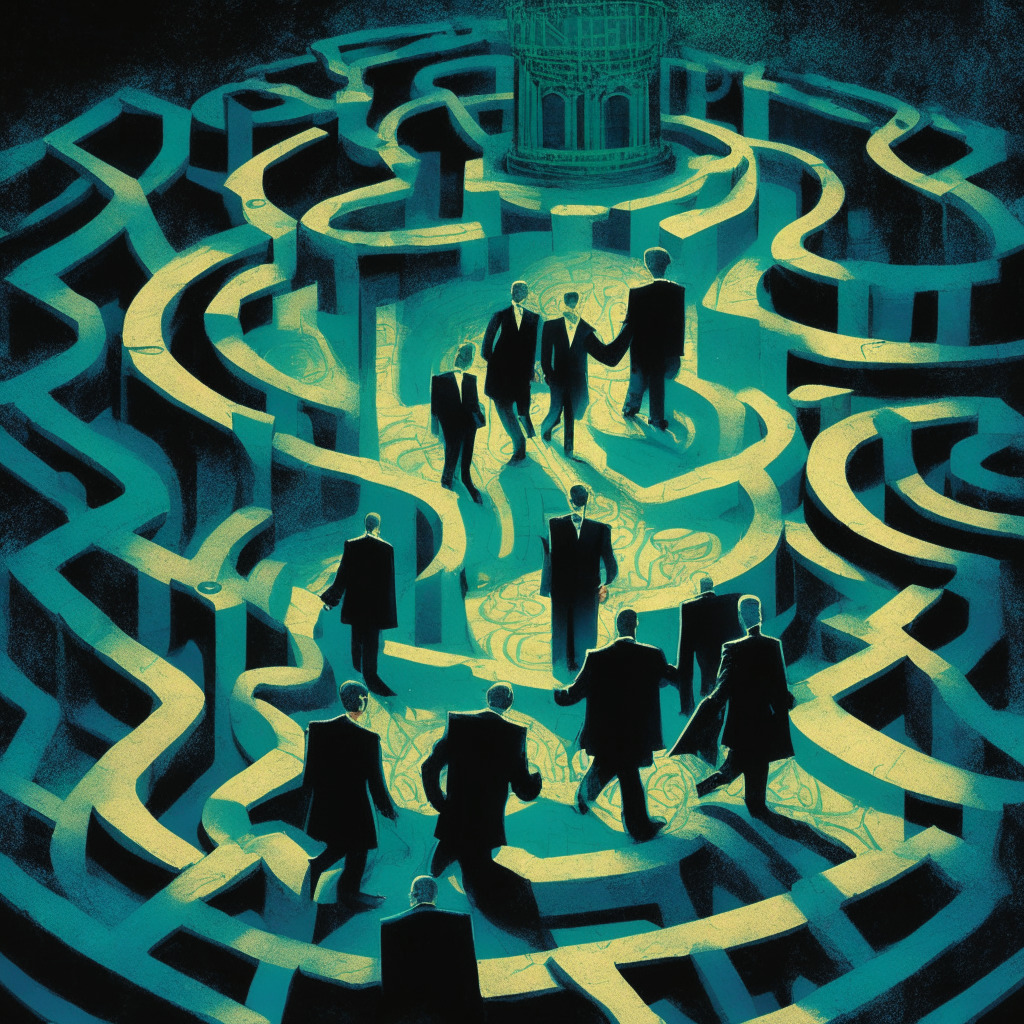Enthusiasts of a digital euro or the blockchain equivalent of it, widely known as central bank digital currency (CBDC), have lately encountered ardent political opposition. Despite presenting a plethora of merits for a digital euro which include assured European Union (EU) wide usability, unmatched privacy in the digital payment realm, as well as fortified independence from foreign payment providers, proponents of a digital euro are forced to take steps back.
Interestingly, the opposition to CBDCs isn’t primarily technical or economic, rather it’s more political. This opposition spearheads with valid worries about privacy and the latitudes of government control but it often veers intently into conspiracy theory terrain, spinning a narrative of CBDCs being elements of an extensive, coordinated state control program. These zealous concerns surprisingly aren’t confined to the EU alone. Their echoes can be heard in the US, with Robert F. Kennedy Junior and Ron DeSantis, both US presidential candidates, portraying state-backed digital currencies as instruments of surveillance and social control.
Central bankers who are often no strangers to countering technical or economic objections now stand on unfamiliar turf with political opposition and are contemplating a strategic response. Is this opposition a harried concern against government overreach or an intense dive into conspiracy theories? While it’s clear that the concerns are not solely rational, the discourse can play a critical role in shaping the perception of CBDCs.
As voiced by Belgian Central Bank Governor, Pierre Wunsch, the answer may not be an out-and-out binary one, but rather a harmonious blend of reassuring people that digital currency is not an attempt at controlling their lives, while simultaneously building an exciting and compelling narrative around a digital euro. The trickiest part for central bankers is to navigate a path of persuasion – convincing people that they speak the truth and that their objectives are sincere and honest.
Despite all the sound and fury, central bankers steadfastly maintain that the digital euro is not a scheme to eliminate cash. The creativity lies in turning these technical nuances of the proposed digital euro in their favor in an attempt to alleviate public fears.
The discussions reach deeper than the concerns about CBDCs being elements of political subterfuge; they touch upon the credibility of central banks. Countering these fears head-on allows central banks to employ transparency, engagement and dialogue as potent tools to build robust credibility. They seek not to banter about details but instill in their audience a sense of trust.
Perhaps it’s this deep-seated skepticism that has prompted officials to adopt a cautious approach with a slew of privacy control laws planned around CBDCs. It’s a sobering reminder that while digital currencies are an exciting development, their success remains contingent upon sturdy trust protocols and the ability to assuage public fears which might be a daunting task, but not an impossible one.
Source: Coindesk




